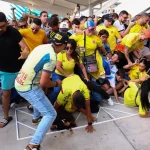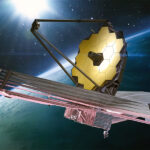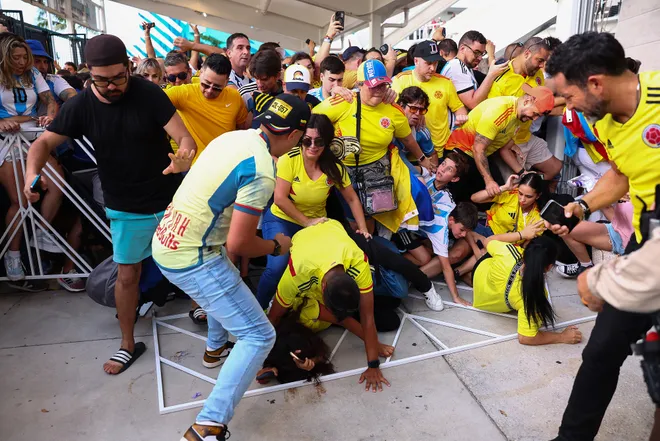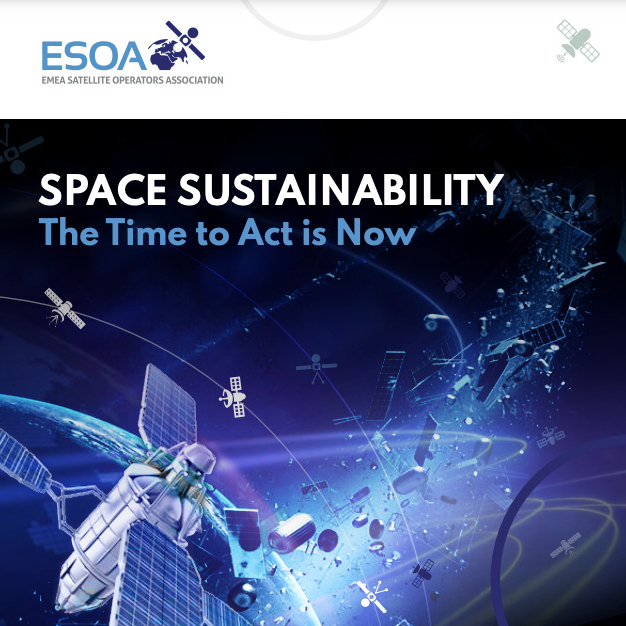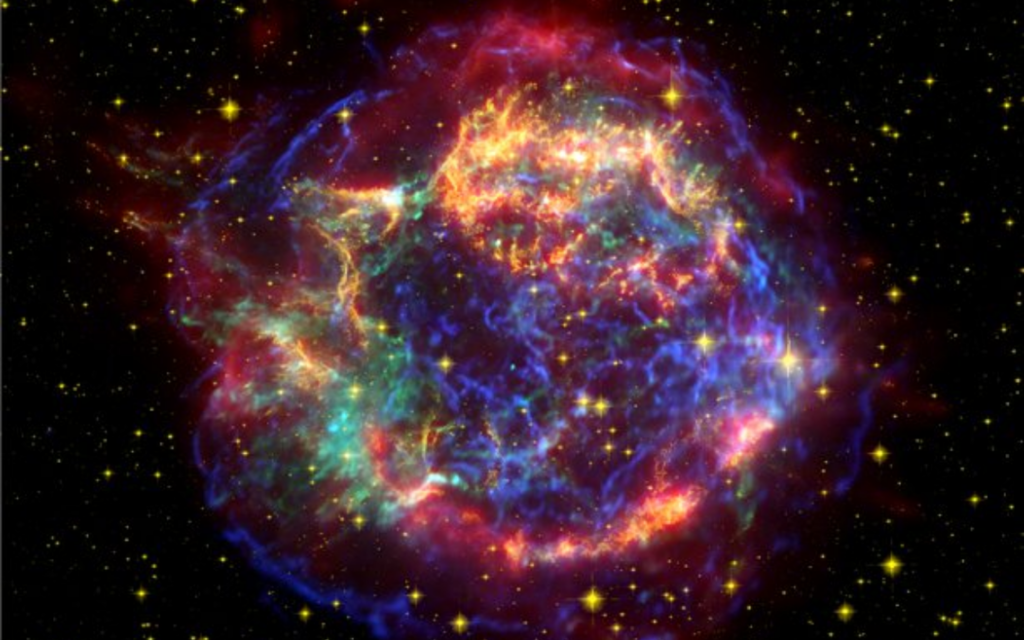
Table of Contents
“Green Monster”
Unprecedented progress has been made by astronomers in solving the mystery of a “Green Monster” hidden in the remains of a far-off supernova. Researchers merged data from NASA’s Chandra X-ray Observatory and the James Webb Space Telescope to reveal more details about the intricate structure of the well-known supernova remnant Cassiopeia A (Cas A), creating this celestial display.
Cas A
Cas A is located a whopping 11,000 light-years from Earth and is spread out over 10 light-years. In addition to exploring the debris’ peculiar structure, the cooperative study using the Chandra and Webb telescopes offers new information on the explosion that gave rise to Cas A some 340 years ago from Earth’s point of view.
The heated gas that Chandra’s data reveals is mostly coming from the supernova’s debris, which is rich in iron and silicon. This debris is evidence of the catastrophic catastrophe that occurred, having been heated to tens of millions of degrees by shock waves similar to supersonic booms.
Cassiopeia A’s first X-rays
Though light from the explosion would have arrived on Earth in the late 1600s, Cassiopeia A’s first X-rays were found in the 1960s. The supernova, which may have appeared as an especially brilliant star, has never been officially recorded in writing, however historians disagree as to whether any individual observers—including the English astronomer John Flamsteed—might have seen it.
The longer infrared wavelengths than visible light are used in the new photographs. The corrected photos’ orange and red hues signify heated dust that is expanding into the surrounding interstellar gas and dust in the form of a bubble. The argon, neon, oxygen, and more dust are represented by the bright pink filaments inside this bubble, which are stellar debris.
Princeton University Co-investigation
Co-investigator Tea Temim of Princeton University, an astronomer, stated in a statement that “we see incredible detail that we haven’t been able to access before compared to previous infrared images.”
Most remarkably, scientists observe a noticeable green filament wending its way into the bubble’s centre. They still haven’t grasped the framework completely.
Milisavljevic Remarkes
“We’ve called it the Green Monster, after Boston’s Fenway Park,” Milisavljevic remarked. The huge green left-field wall at Fenway Park has the same moniker. “If you examine it carefully, you’ll see that it has little bubble-like marks all over it. It’s difficult to comprehend and has an unexpected form and intricacy.”
On the other hand, the James Webb Space Telescope records an alternative view of the aftermath, emphasising “pristine” debris that has not been affected by shock waves. The “Green Monster” initially appeared spectrally in Webb’s data, which was found in April 2023 and presented a special riddle for astronomers.
Most Recent Research
According to the most recent research, which Dan Milisavljevic of Purdue University presented at the 243rd meeting of the American Astronomical Society, the “Green Monster” is the result of the blast wave from the destroyed star clashing with nearby material. This result is consistent with previous recommendations derived only from Webb’s data.
Cosmic Tapestry Behind
The Green Monster is photobombing the centre region of Cas A rather than being a part of it, according to Ilse De Looze, a co-investigator on the Webb research from Ghent University in Belgium. Similar to putting together a 3D jigsaw puzzle, the team digitally eliminated the “Green Monster” from the picture to reveal the cosmic tapestry behind it.
This find not only opens a fascinating new chapter in our knowledge of supernovae, but it also serves as a prime example of the value of teamwork and advanced telescopic technology in joint study. The “Green Monster” is a symbol of the amazing mysteries that remain to be solved in the vastness of space, even as astronomers work to uncover the mysteries of the universe.




